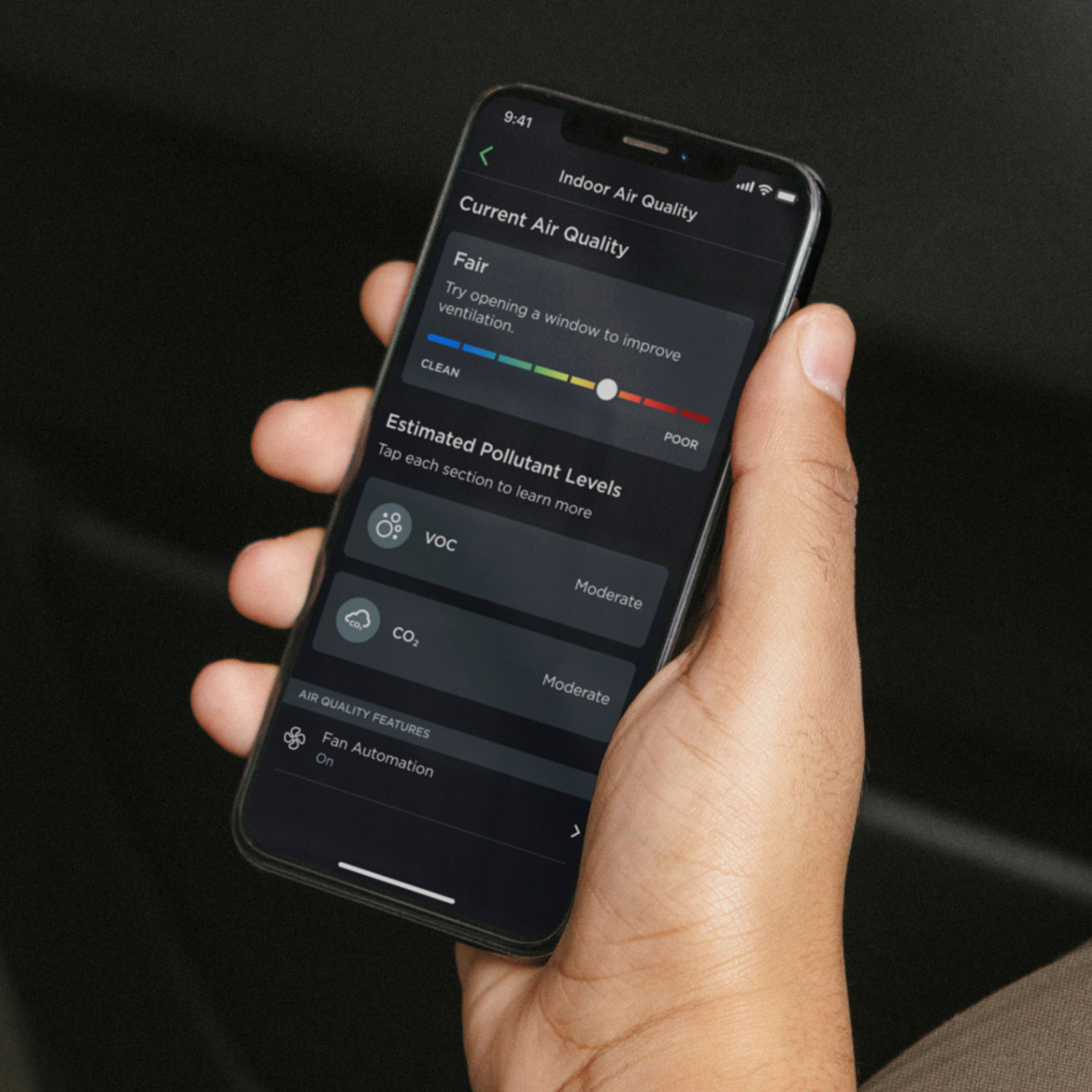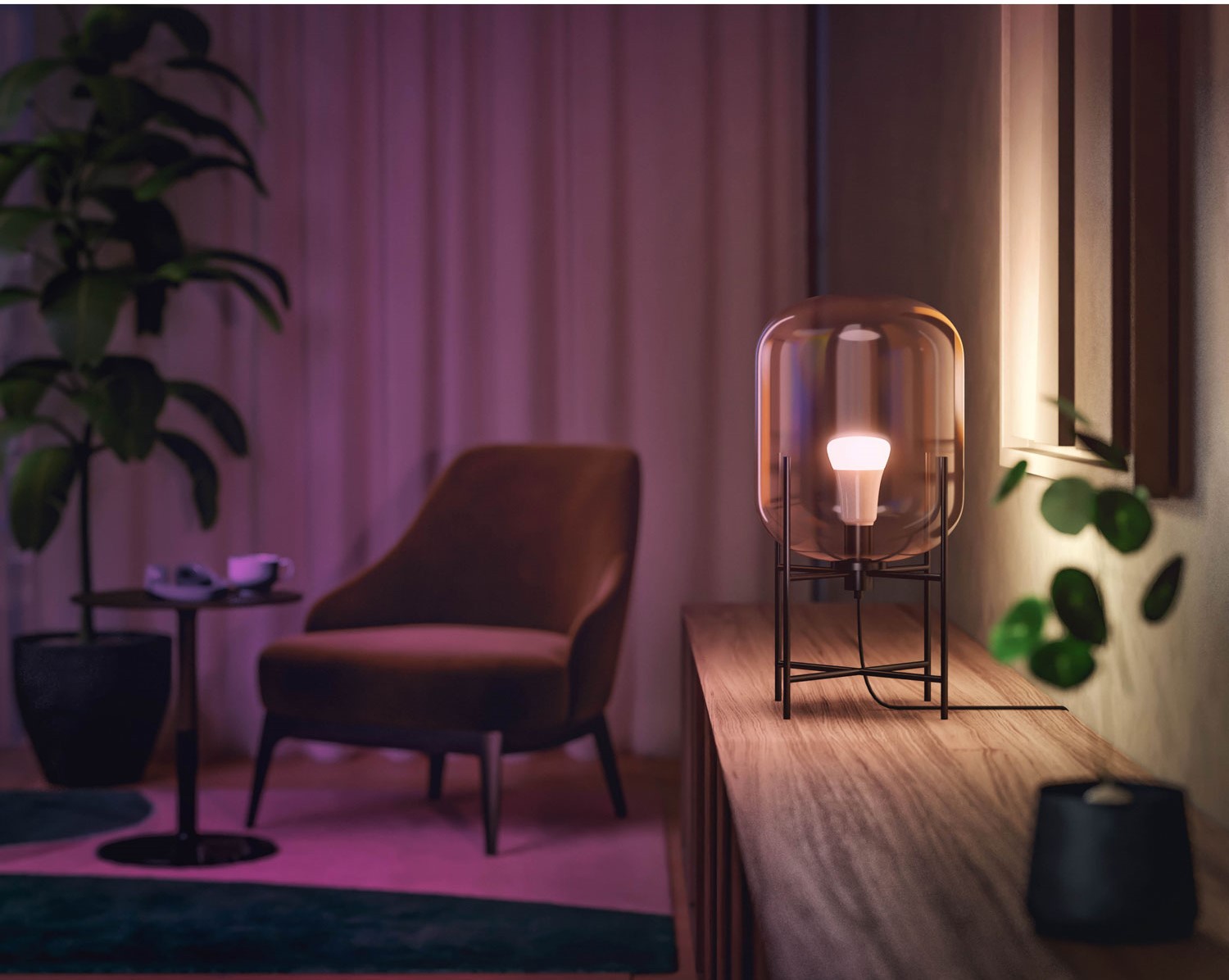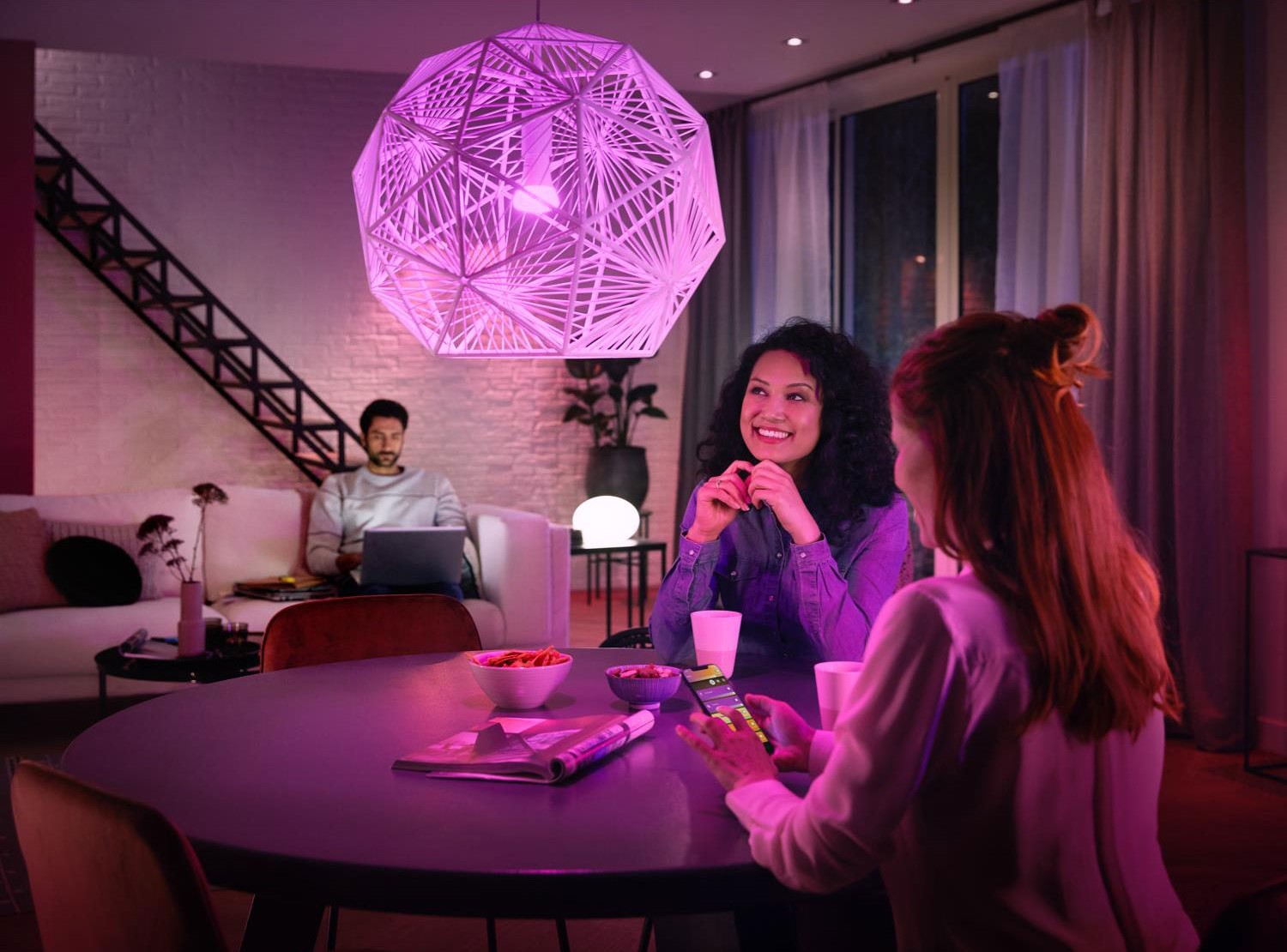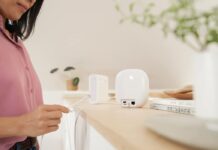
As the weather gets cooler, having a smart home becomes even more important. As we spend more time indoors, smart homes provide us convenience and savings. The key is to get ahead of the game and winterize your home with smart tech. In this article I’ll discuss the what, the why, and when before getting into the how. I’ve done this myself, so I’ll share my tips and tricks along the way.
What smart home devices should you upgrade and why?
There are certain smart home upgrades that you make before others. One reason is to gain immediate benefits. Having new devices ready before you need them is smart living. Let’s look at where to start and why.
Smart thermostats
To winterize your home, the first thing to upgrade is a smart thermostat. Why? It provides immediate benefits during winter. Smart thermostats analyze your occupancy and adjusts the heat accordingly. All of this happens in the background with the help of AI. You may not notice it, but the heat will automatically go down at night and when you’re not home. What you will notice is lower energy bills. This is why I consider smart thermostats as investments. It will pay itself in no time.

Smart light bulbs
Another thing to upgrade are smart lights. Why? I use RGB smart bulbs in the winter to manage my mood and energy levels. Some brands have a circadian feature. This mimics the sunrise and sunset in the light bulbs. The lights will gradually get brighter in the morning, and dim in the evening with a yellow sunset glow. Even though I’m spending more time indoors, my body is still in sync with the natural, outdoor light cycle. If you suffer from reduced mood and energy levels in the winter, definitely consider smart light bulbs.
When should you make these upgrades?
In the world of smart homes, there’s a method to the madness in the timing of your upgrades. As mentioned the key is to have devices installed and in operation before you need it.
Smart thermostats
We all know that time when you finally have to turn the heat on. That’s a big signal of seasonal changes between summer and fall. That’s why I recommend installing a smart thermostat in late summer or early fall. Do it several weeks before you need to turn the heat on. As many smart thermostats use AI, it needs time to study your occupancy level at home. From there, it will take other factors—such as weather updates—to manage indoor heating levels. Give it time to learn your patterns before you need to turn the heat on. Timing matters.
Smart light bulbs
The best time to install smart lights is towards the end of summer. This is around the time when you start to notice the days are getting shorter. You’ll be spending more time indoors soon so make the smart light upgrades ahead of time. I recommend setting up light schedules in the app. Have your lights turn off the same time your alarm goes off in the morning. Stick to a sleep routine by setting your bedroom lights off at night. Smart lights help people develop and maintain regular sleep routines. Keep your sleep schedule consistent by having smart lights installed late summer.

How to install smart home devices
We’ve discussed the what, why and when. Now it’s time to talk about how you set up smart home devices. It all starts with a smart speaker. This provides voice control for all your future smart home devices you add. It also determines what smart home ecosystem you build off. This could be either Google, Amazon, or Apple. Choose the voice assistant you prefer the most. Your ecosystem may also determine which future smart home products you choose.
Smart thermostats
If you have experience doing electrical work, then you can do a DIY smart thermostat install. If you’re not sure, then it’s best to get it installed by a certified electrician. This is especially the case with central heating smart thermostats. In contrast, electrical baseboard heaters are a little easier to install. They only have two wires to connect. Just remember to turn the power off at the breaker. Again, if you’re not comfortable, hire an electrician. Safety first.
Once installed, the rest of the installation happens on the app. Here you can connect the smart thermostat to your smart speaker or display. The app provides step-by-step instructions so you can definitely DIY this part of the installation.
Smart lights
Upgrading to smart lights is easy, it’s like changing a light bulb—literally. Once installed, the rest of the installation happens on the app. At first, your smartphone connects to the smart light through Bluetooth. Then it shares information about your Wi-Fi network to connect it to your network. If you install multiple smart lights, do what I do. Set light group in the app. I have one group call House lights. This allows me to turn all the lights on or off through voice. If your smart lights are multi-colour, you can set the colour and intensity inside the app. Personally, I like a more orange tint for my indoor lights during the evening. This helps me fall asleep at night.
Winterize your home with smart tech
As winter approaches, we spend more and more time indoors. That’s why late summer and early fall is the best time to winterize your home with smart tech. Smart thermostats will keep your home warm and save you money. Best of all, this happens all in the background. Plus you can change the temperature anytime through voice.
Smart lights provide a lot of benefits especially as it relates to sleep. I recommend finding smart lights that have a built-in circadian feature. This simulates the sun’s light schedule indoors. I found this to help me fall asleep better, especially as I spend more time indoors. Read this smart home buying guide to learn more about getting started. Timing is important so make sure you winterize your home with smart home tech.




